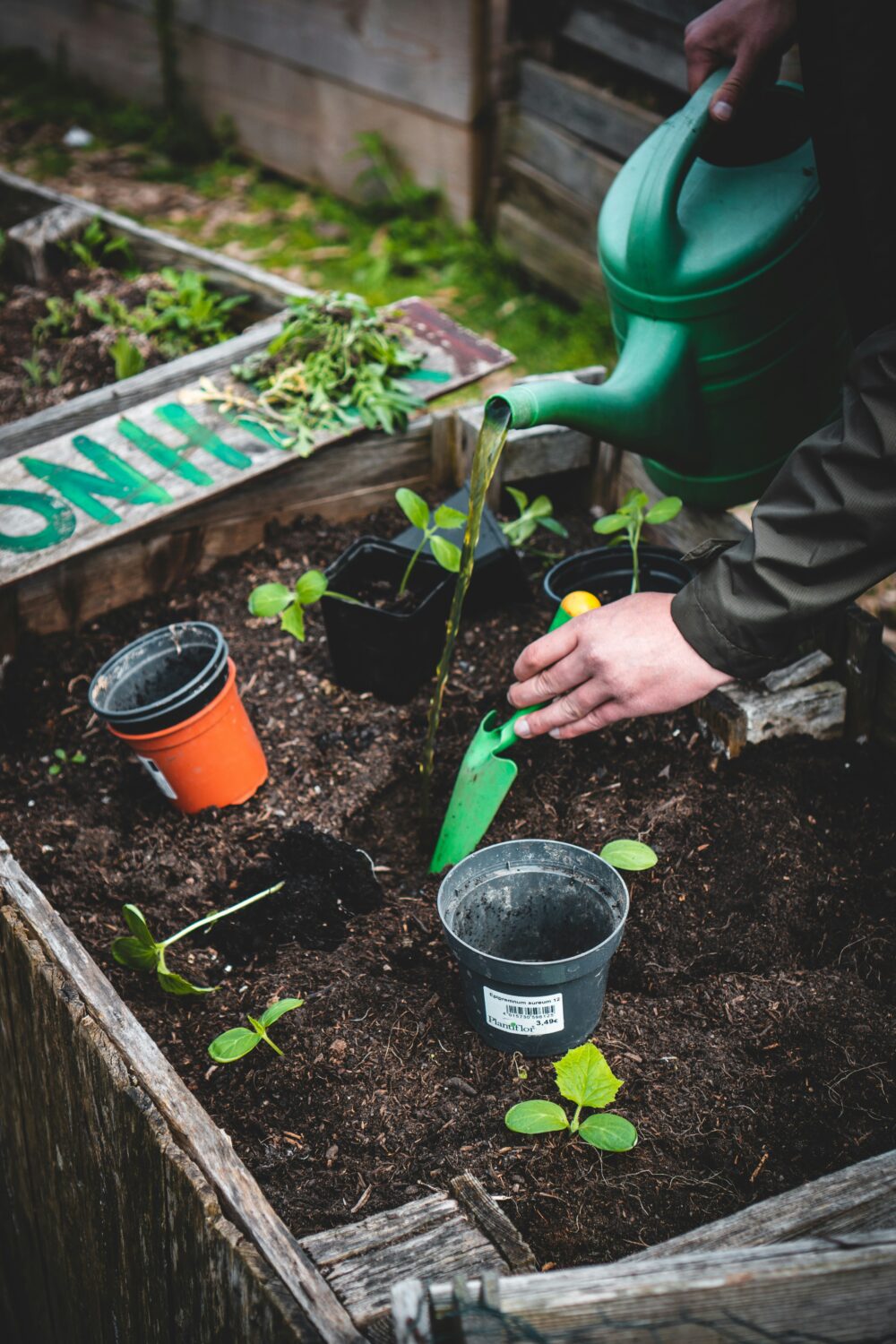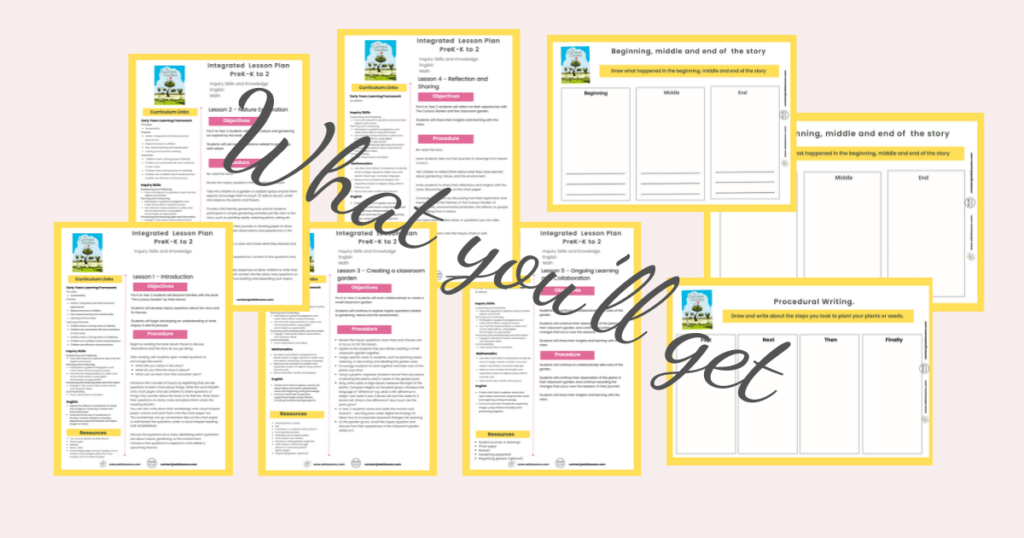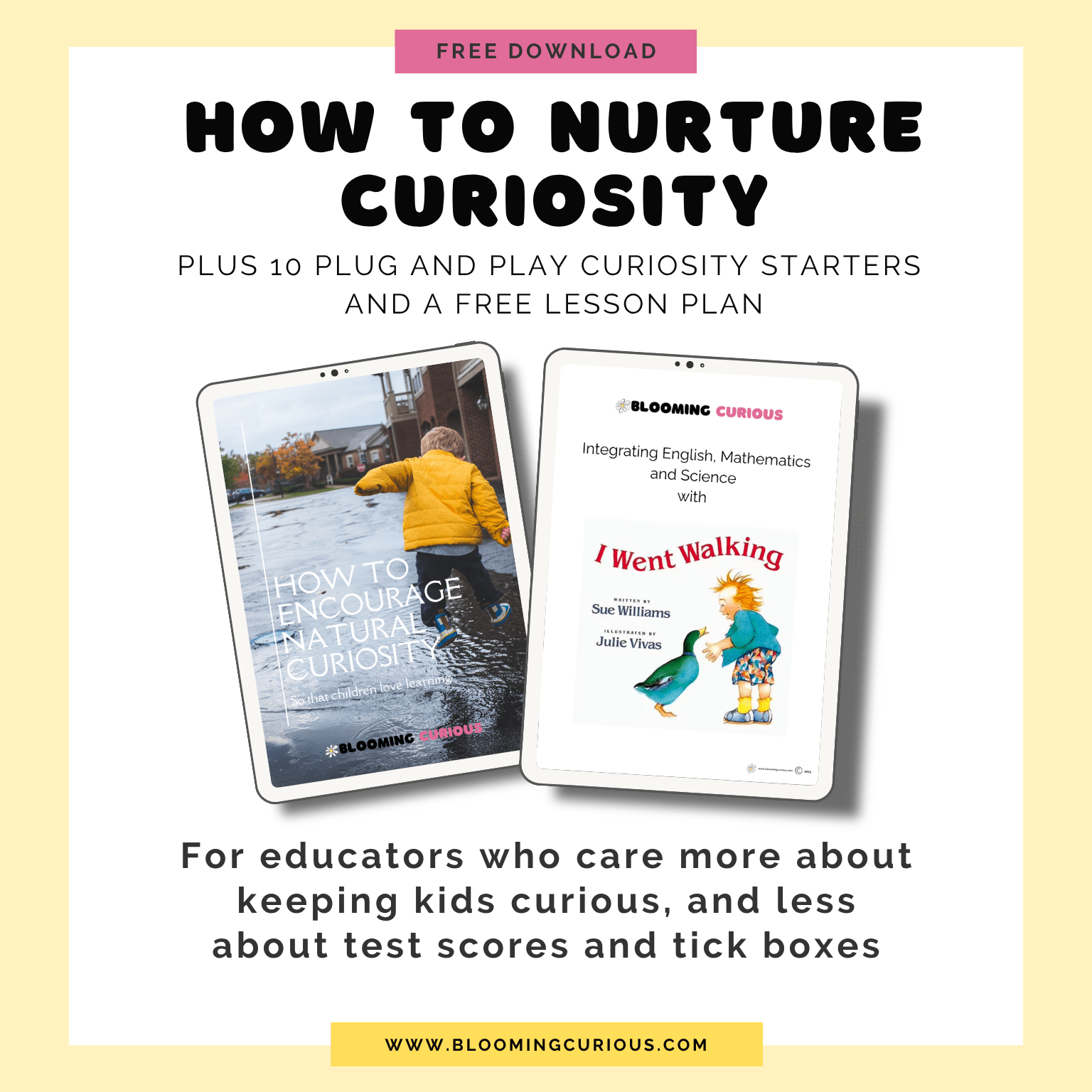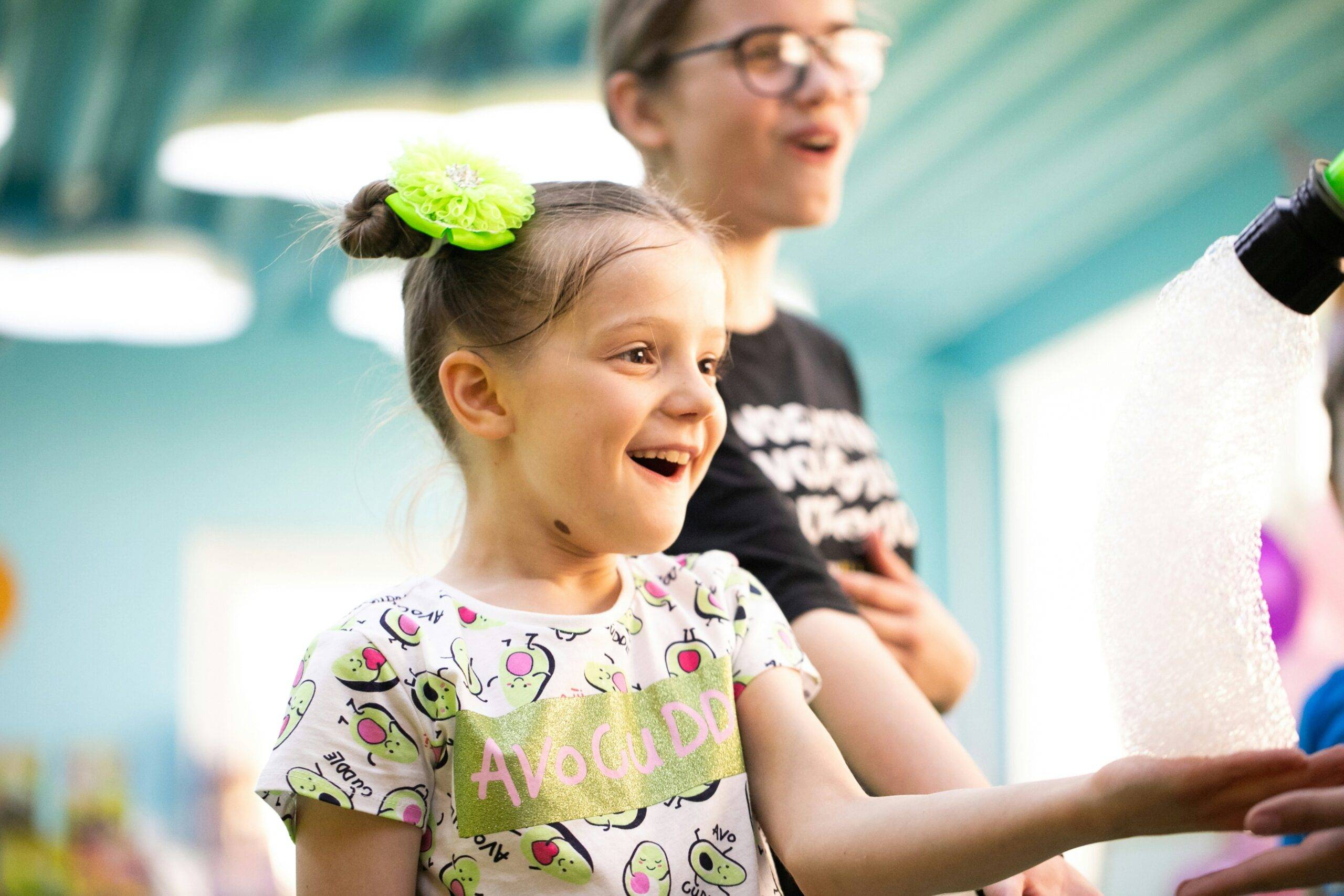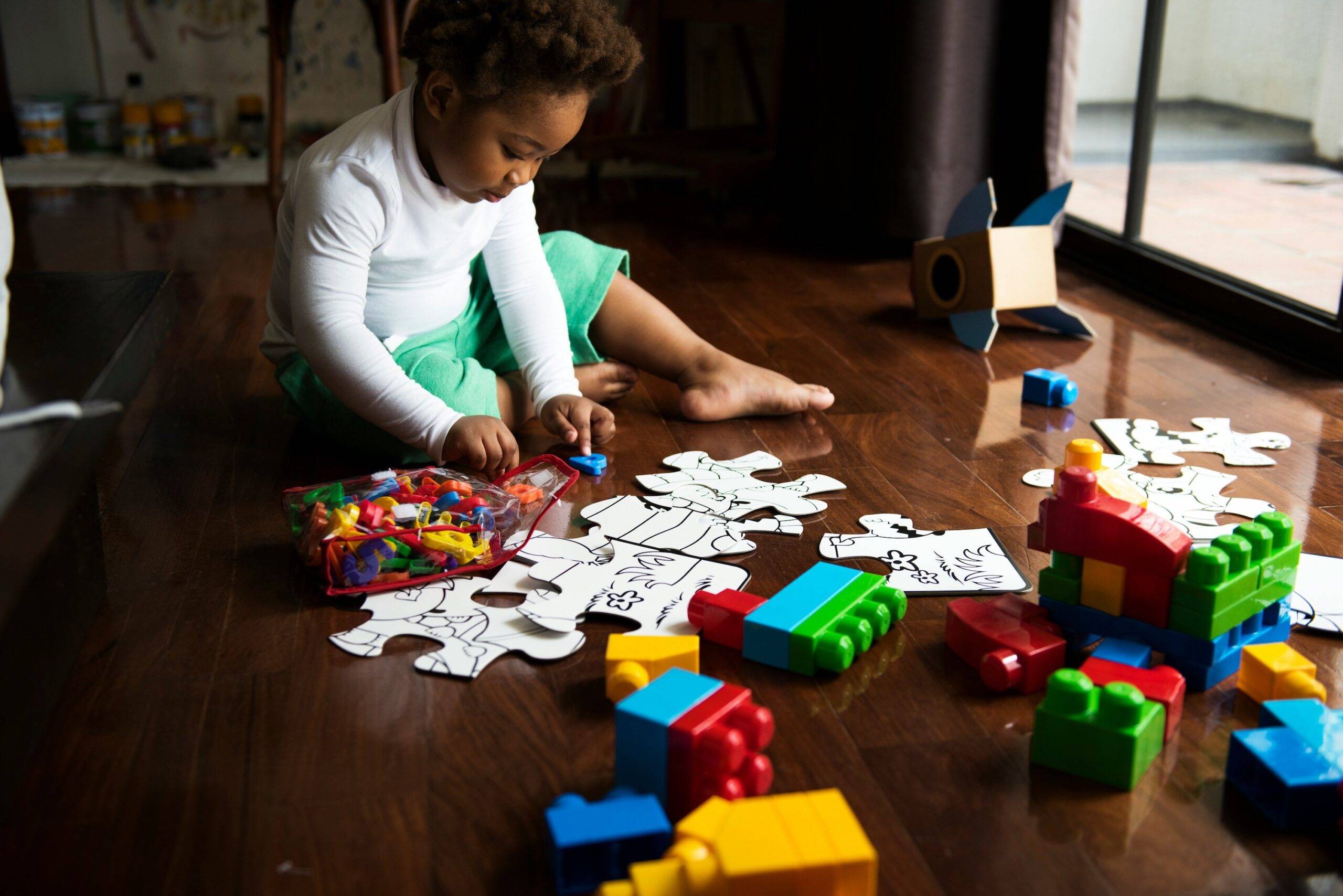Some of the links below may be affiliate links. This means that, at zero cost to you, I will earn an affiliate commission if you click through the link and finalise a purchase. All product recommendations are products that I have used and loved, or products that I would recommend based on experience.
Benefits of Outdoor Learning
In recent times children are spending increasing time indoors both for learning and leisure. Yet, it’s outdoors that children are happiest. They feel a sense of joy and freedom. Not only does the outdoors provide children with opportunities to be fitter and healthier, it also provides them with opportunities to develop confidence and resilience. We’re seeing an increase in childhood obesity levels, vitamin D deficiencies, increasing numbers of young children with short sightedness and an increasing number of children suffering from anxiety and depression.
A quick Google search for evidence related to the benefits of outdoor play and just being outdoors is highly fruitful. If you think back to your happiest childhood memories, they more than likely took place in an outdoor setting. I know mine did! Nature and being outdoors is the perfect antidote for all our modern ills related to increasing time spent indoors and in front of a screen.
The challenge for educators and parents is to firstly acknowledge these facts that stare us in the face, and secondly to get creative and find ways we can teach and deliver curriculum in outdoor settings.
Luckily, we have passionate educators like Victoria Hackett from https://www.outdoor-classrooms.com/ who have made it their life’s work to not only bring greater joy to children’s learning through outdoor settings, but to help educators and parents create outdoor settings where they can master teaching outdoors. Listen to my interview with Victoria on episode 18 of the Blooming Curious podcast.
Four Types Of Gardens for Outdoor Learning
When it comes to using the outdoors to teach, we need to consider the design of the outdoor space and how we can make it inspirational and sensorial for children. Victoria talks about four types of outdoor gardens, and how these can be combined to create spaces that children can use not only for relaxing, and playing in, but also for learning. These four types of gardens that we as educators need to consider bringing into our outdoor spaces include:
- Gardens that feed: These are edible gardens, vegetables and herbs that we can use in our teaching curriculums and thinking about how we can connect these into our curriculum. Consider container gardens and square foot gardening or just a raised bed with edible herbs you could use in cooking.
- Gardens as outdoor learning stations: These mimic the type of stations you have in your indoor space. Areas for mud kitchens, music walls, pretend play areas and maker spaces. Anything that can be done indoors can also be done outdoors and will require changing up as you change up your indoor space.
- Wildlife gardens: Types of gardens that attract wildlife like birds and pollinators. Perhaps incorporating plants that attract insects, including worm farms or including insect hotels, nesting boxes and bird baths.
- Gardens for art and beauty: In this space you provide invitations for learning, incorporating art and beauty. You may incorporate signage, materials to create art with easels and paint and even considering the beauty of nature and providing elements like adding wind chimes for example and as educators we need to be thinking about opportunities to link literacy to the space. Which picture books could you be reading that you can incorporate into the garden?
Integrated Resource for Outdoor Learning
I have created the perfect integrated lesson plan for the picture book The Curious Garden. It incorporates 5 lessons that integrates inquiry, literacy, math, art and digital technologies. Read the blog post at https://bloomingcurious.com/the-curious-garden-an-integrated-inquiry-lesson-plan/.
This is the perfect lesson and picture book to get you planning and planting a garden with children. Click on the image below to get the lesson plan and start integrating biological science into your everyday learning from today.
There is no denying that if we are to make a lasting positive impression on children’s learning and happiness, we simply must provide opportunities for children to spend more time outdoors. As educators we are under constant pressure to deliver a curriculum, but the curriculum in all fairness can be delivered where and how we see fit.
By rethinking the design of our outdoor spaces to incorporate these four elements, the outdoors becomes exciting for children. There is nothing duller and more boring for children than perfectly manicured spaces that present no opportunities for children to explore, take risks, and have some agency over their creativity. That’s why providing natures’ loose parts are so necessary when it comes to providing opportunities for children to learn, play, create and problem solve.
If you’re thinking of changing up your outdoor space, or providing more learning opportunities for children outside, then The Outdoor Classrooms’ programs, courses and membership is a great place to start.
Find Victoria and the Outdoor Learning Classroom at:
Website: https://www.outdoor-classrooms.com/
Podcast: https://www.outdoor-classrooms.com/podcast/
Instagram: https://www.instagram.com/outdoor_classrooms/
Facebook: https://www.facebook.com/OutdoorClassrooms1
The Outdoors Provides Opportunities for Nurturing Curiosity
The outdoors and nature provide so many opportunities for curiosity and wonder; that spark that lights the fire for a desire to learn and find out more. Download your free guide to nurturing children’s natural curiosity by clicking on the image below and find out just how easy it is to naturally help children remain curious in your everyday experiences.
If you found this post interesting or helpful in any way, please share it far and wide and don’t forget to subscribe below to Get Curious, your weekly dose of helpful tips, resources and inspiration for curious educators.
